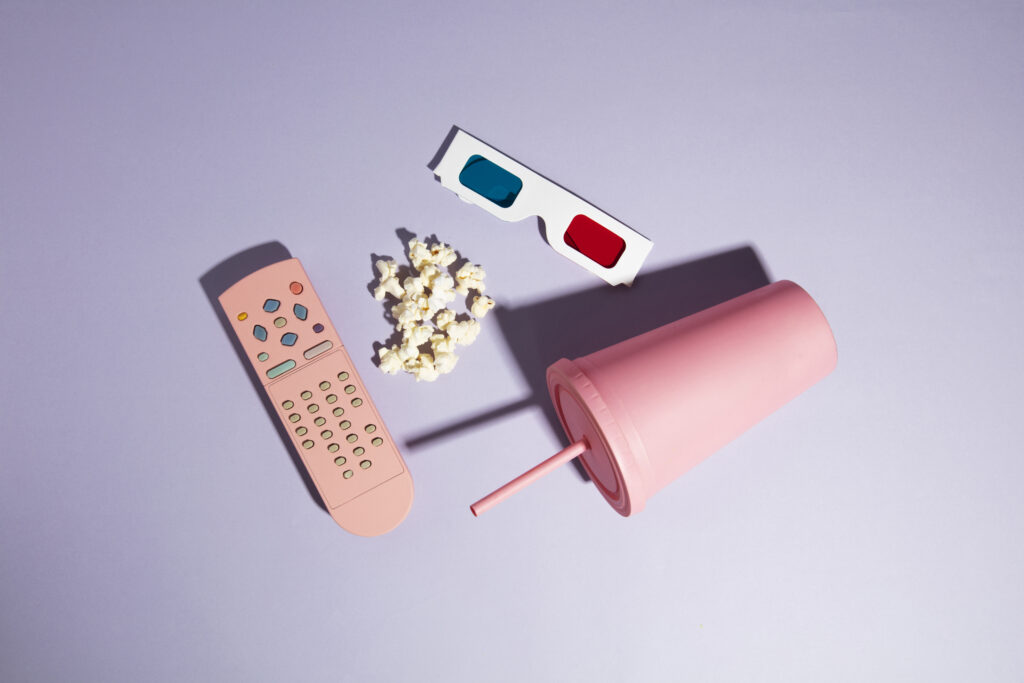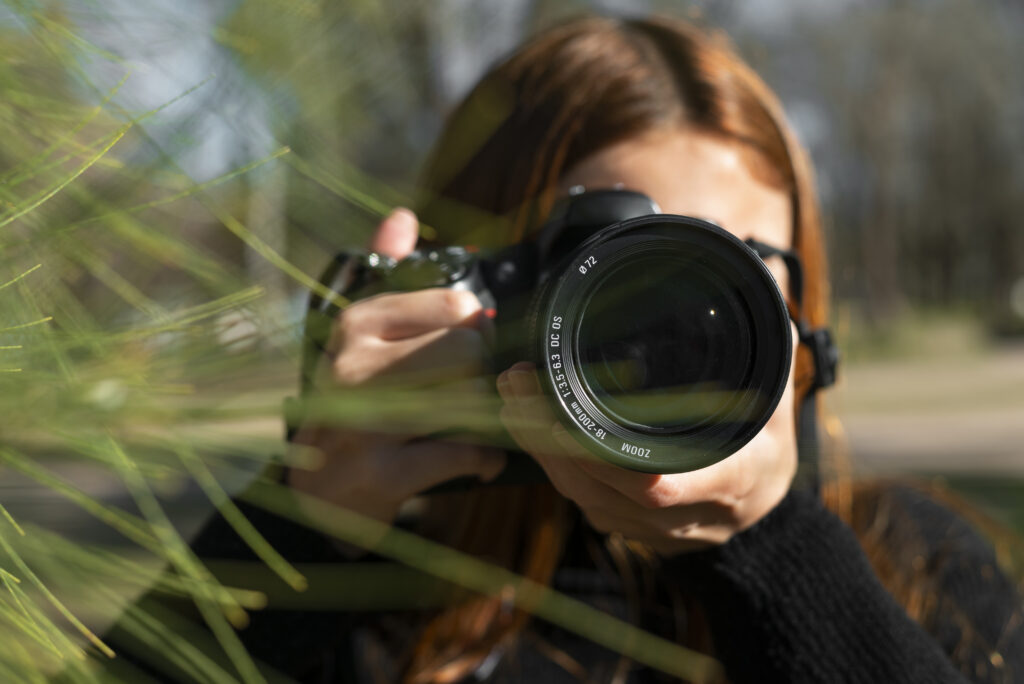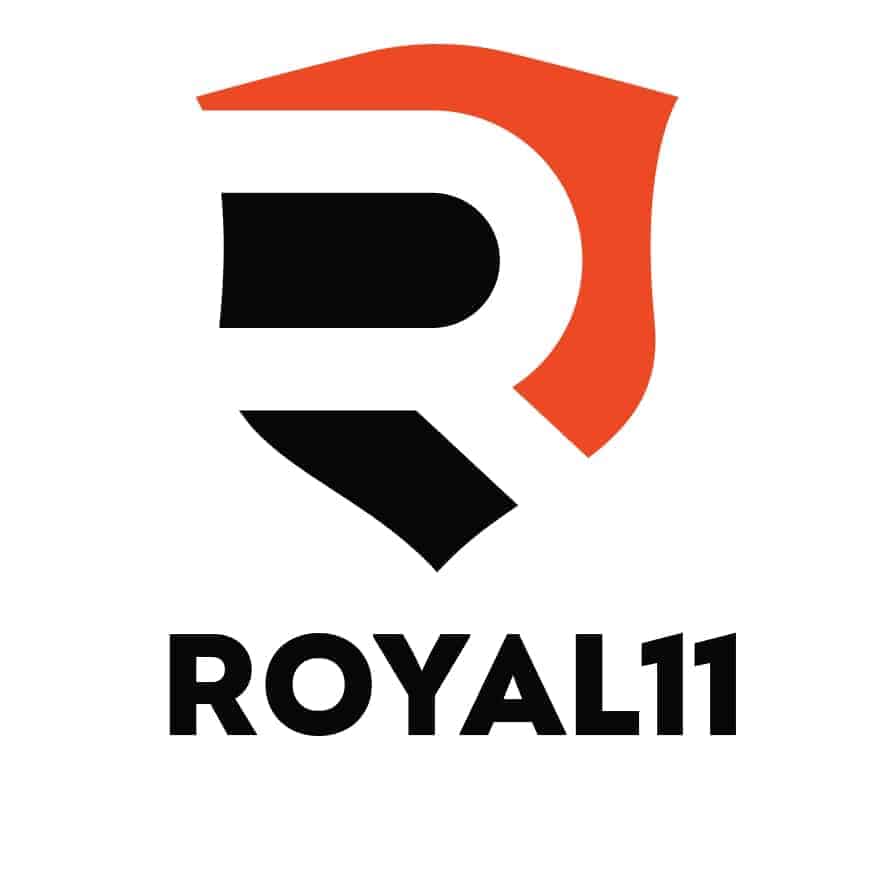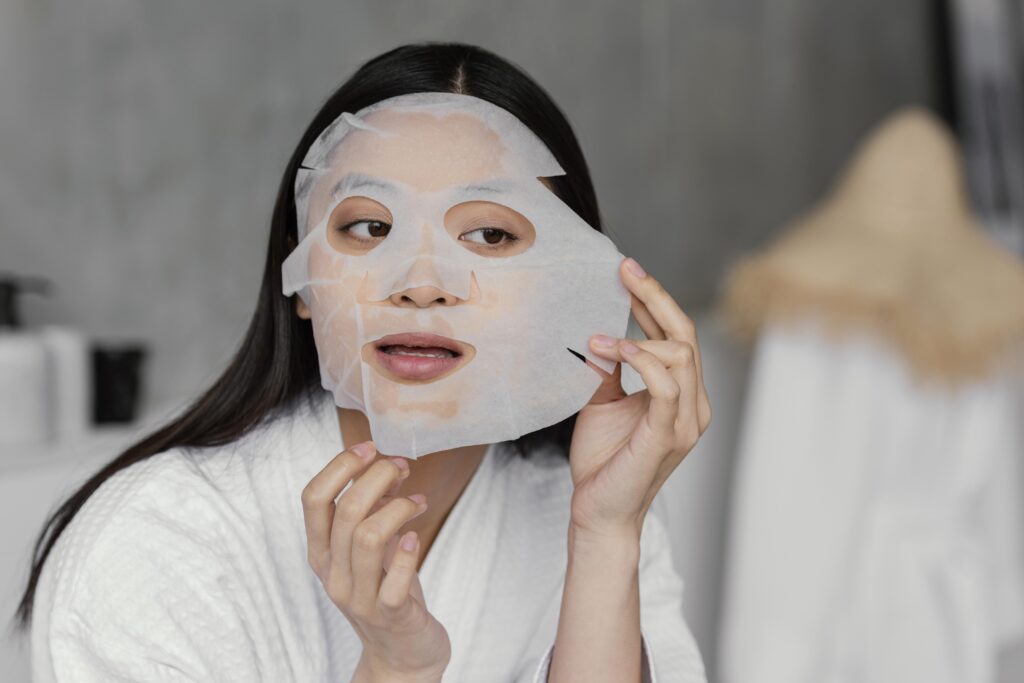Behind the Scenes: How Documentaries Achieve Authenticity with Vintage Footage

Table of Contents Show
Documentaries have a unique power to connect audiences with history, culture, and personal stories. A key element in creating an authentic and immersive experience is the use of vintage footage. This behind-the-scenes look will explore how filmmakers achieve authenticity using these historical clips, from the search for footage to overcoming technical and ethical challenges.
The Search for Vintage Footage
Finding the right vintage footage is often the first step in crafting a compelling documentary. Filmmakers scour archives, museums, private collections, and even online platforms to unearth clips that will enrich their narrative. This footage, whether it’s rare home movies, newsreels, or historical events captured on film, provides a window into the past that is both visually and emotionally engaging.
Technical Challenges of Incorporating Vintage Footage
Integrating vintage footage into modern documentaries presents several technical challenges. One of the most common issues is dealing with varying formats. Older films, like 8mm and 16mm, require specialized equipment for playback and digitization. Over time, these films can degrade, leading to color inconsistencies, scratches, and other forms of damage that need careful restoration. To preserve the quality and usability of vintage footage, filmmakers often turn to the process of film transfer.
From 8mm film to digital conversion is a crucial step in this process. This conversion not only helps to halt further degradation but also allows for easier integration into modern editing software. The digital format provides greater flexibility in correcting color, removing scratches, and enhancing overall clarity, ensuring that the footage retains its original essence while meeting contemporary standards.
Legal and Ethical Considerations
Using vintage footage also involves navigating a complex web of legal and ethical considerations. Filmmakers must secure the necessary rights and permissions to use the footage, which can involve negotiating with rights holders or working within fair use guidelines. Additionally, there is an ethical responsibility to portray historical events and individuals accurately, respecting the context and integrity of the original footage.
Enhancing Narrative with Authentic Elements
Authentic vintage footage can significantly enhance the narrative of a documentary. It provides a tangible connection to the past, allowing viewers to witness historical moments as they happened. This authenticity adds depth and credibility to the storytelling, making the documentary not just a recounting of facts, but a vivid, immersive experience.
Audience Engagement and Reaction
Audiences are often captivated by the inclusion of vintage footage. It adds a layer of authenticity that is hard to replicate with reenactments or modern footage. The genuine visual elements from the past evoke nostalgia and provide a more profound emotional connection to the subject matter. Viewer reactions often highlight the impact of seeing real, historical footage within a modern context, bridging the gap between past and present.
To Wrap Up
The journey to incorporate vintage footage into documentaries is filled with challenges but yields significant rewards. From the meticulous search for the right clips to the technical process of transferring film to digital, each step is crucial in preserving and enhancing the authenticity of the narrative. By overcoming these hurdles, filmmakers can create documentaries that resonate deeply with audiences, offering a genuine glimpse into the past while telling compelling stories for the present and future.





Responses